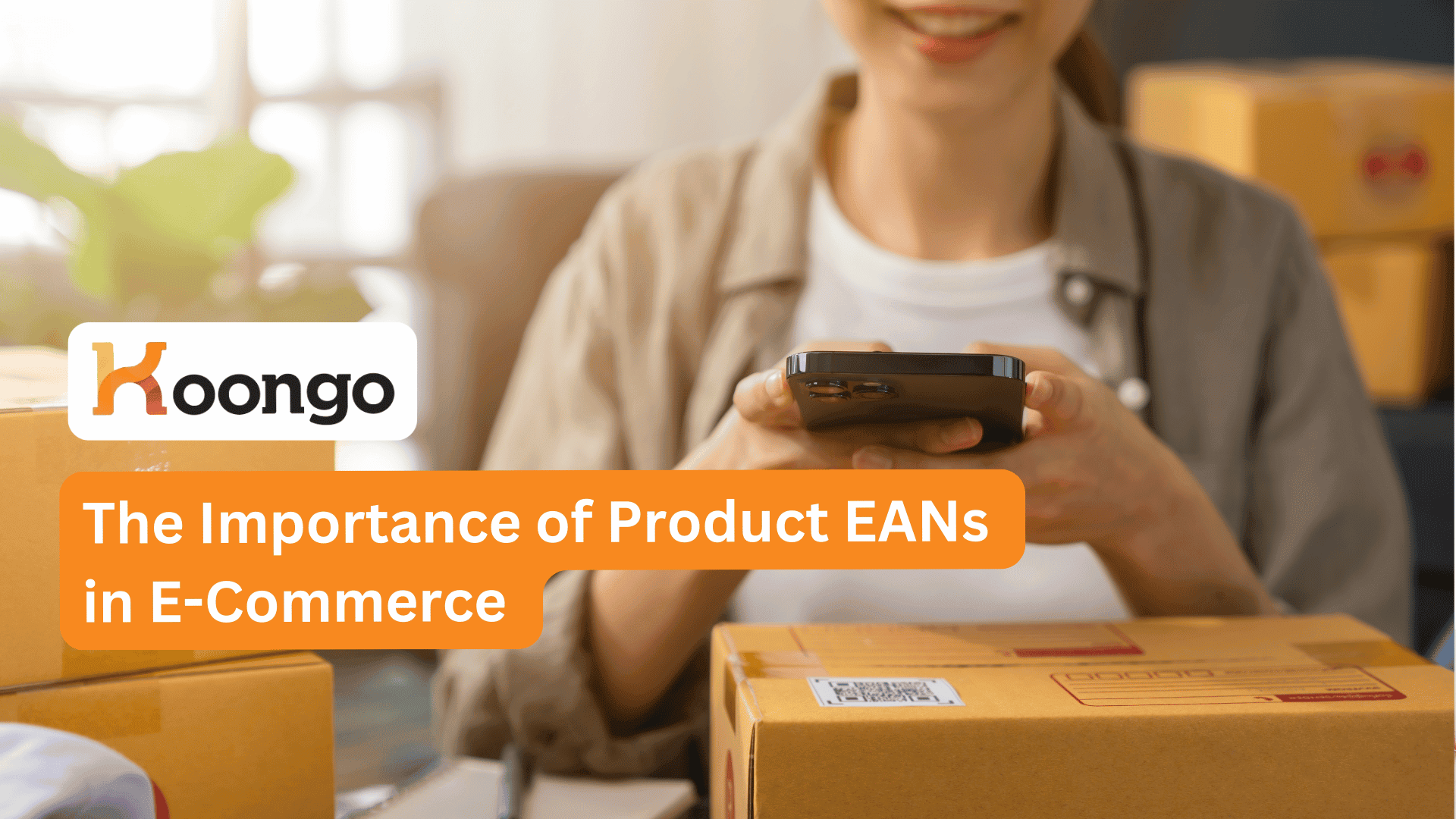Struggling with EAN codes and marketplace requirements? Whether you’re selling on Amazon, Bol.com, Zalando, or Google Shopping, having the right EAN is essential for product approval, visibility, and sales performance. But managing EANs across multiple channels can be complex, leading to listing errors, product rejections, and lost revenue.
In this guide, we’ll break down why EANs matter, how they impact marketplace success, and how to obtain valid codes. Plus, discover how Koongo automates EAN management—helping you sync product data, avoid errors, and scale effortlessly across 500+ sales channels.
Master EANs, streamline your listings, and sell smarter—read on to learn how!
Selling products online is more competitive than ever. With millions of listings across global marketplaces like Amazon, eBay, Bol.com, and Google Shopping, how do you ensure your products stand out, get approved, and reach the right customers?
The answer lies in the Product EAN or European Article Number — a globally recognized barcode that uniquely identifies each product. Marketplaces rely on EANs to verify product authenticity, prevent duplicate listings, and improve search accuracy. Without a valid EAN, your listings may face rejection, visibility issues, or even removal from major platforms.
But managing EANs manually—especially when selling across multiple channels—can be time-consuming and prone to errors. That’s where Koongo simplifies the process. By automatically synchronizing EANs across 500+ marketplaces and online stores, Koongo ensures your product data is always accurate, reducing errors and improving listing efficiency.
This guide will cover:
- What a Product EAN is and why it matters
- Why online marketplaces require EANs
- How EANs impact your sales and visibility
- How Koongo automates EAN management for multi-channel sellers
- Where to get valid EANs and avoid listing issues
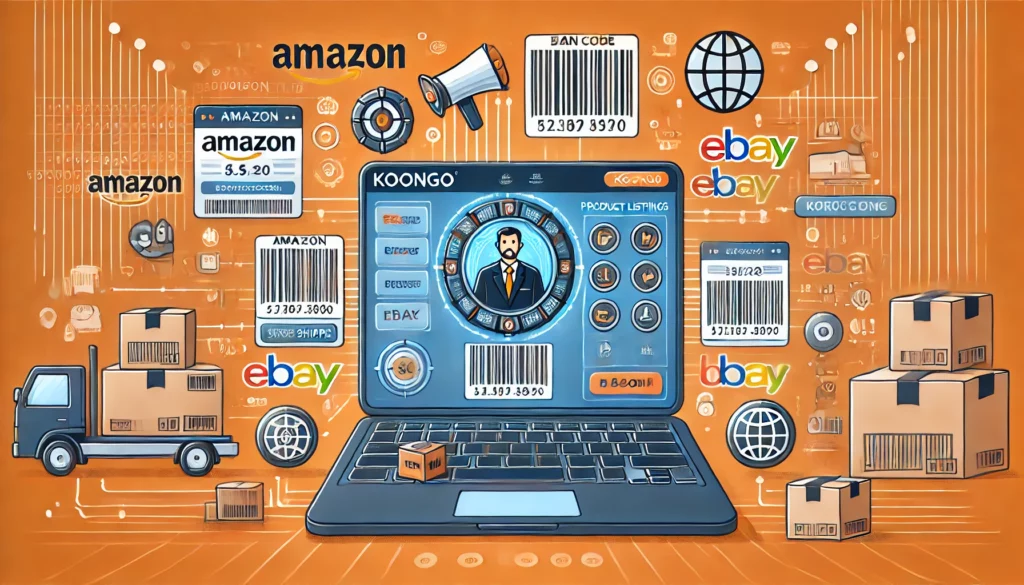
What is a Product EAN?
Definition & Purpose
A Product EAN is a 13-digit barcode that uniquely identifies products worldwide. It is an essential part of product listings in retail, warehouses, and e-commerce platforms, allowing businesses to track and manage inventory efficiently.
EANs play a crucial role in product authentication, pricing, and logistics. They ensure that the same product is consistently recognized across multiple sales channels, preventing misidentification and incorrect product listings.
For example, if two different sellers list the same smartphone model on Amazon, the platform will group both listings under the same EAN. This prevents duplicate entries and ensures customers receive the correct item.
EAN vs. UPC vs. GTIN – What’s the Difference?
| Code Type | Digits | Used In | Purpose |
|---|---|---|---|
| EAN (European Article Number) | 13 | Europe & globally | Standard product identifier for online marketplaces and retail |
| UPC (Universal Product Code) | 12 | North America | Similar to EAN, but shorter and commonly used in U.S. and Canada |
| GTIN (Global Trade Item Number) | Varies (8, 12, 13, 14) | Global | Umbrella term that includes EAN, UPC, and other barcode types |
While EAN and UPC codes serve similar purposes, many European marketplaces prefer EANs, whereas North American platforms often use UPC codes. GTIN, on the other hand, is a broader category that includes both.
Why Do Products Need an EAN?
- Accurate Product Identification – Marketplaces rely on EANs to match products correctly and avoid confusion.
- Better Marketplace Organization – Ensures each product is categorized properly, making it easier for customers to find.
- Prevents Listing Errors & Duplicates – Without an EAN, sellers risk creating duplicate listings, which can lead to marketplace penalties.
- Faster Product Approvals – Many marketplaces require an EAN for listing approval, ensuring only genuine, verified products are sold.
If you’re serious about scaling your e-commerce business across multiple platforms, ensuring your products have valid EANs is a must.
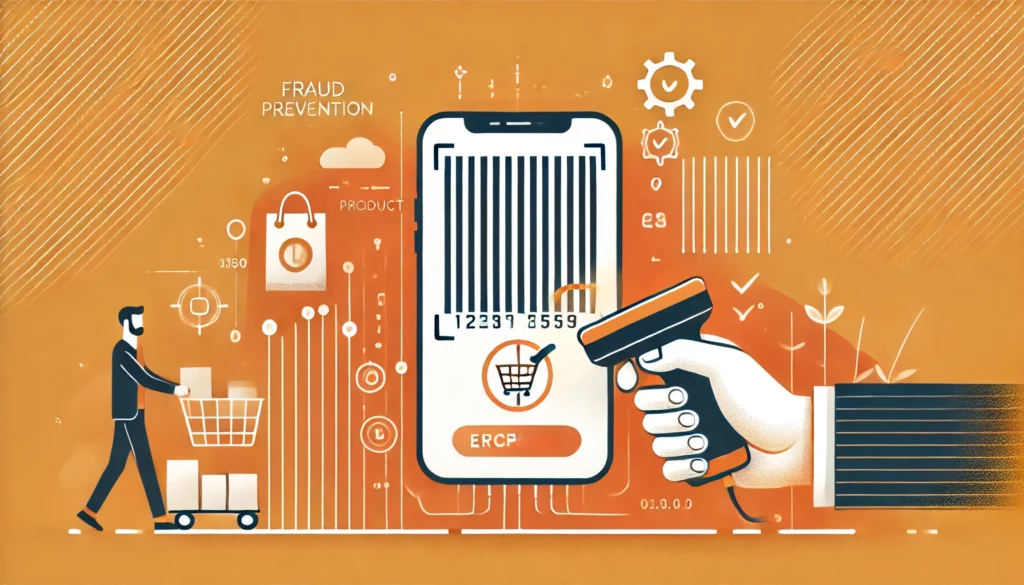
Why Do Marketplaces Require EANs?
Ensuring Product Authenticity
Online marketplaces work hard to prevent counterfeit products and unauthorized resellers. By requiring an EAN for each product listing, platforms can:
- Verify product authenticity against manufacturer databases
- Prevent unauthorized sellers from listing fake or incorrect items
- Maintain customer trust and marketplace integrity
For example, Amazon uses EANs to match products to its existing catalog, ensuring only genuine items are sold. Sellers without valid EANs may face listing rejections or account restrictions.
Avoiding Listing Errors & Duplicates
Marketplaces handle millions of product listings daily. Without a proper system, duplicate listings can confuse buyers and make inventory management difficult.
A unique EAN eliminates these problems by:
- Preventing multiple listings for the same product
- Ensuring that product details (title, description, images) are consistent across all sellers
- Helping platforms track sales and inventory levels accurately
Improving Product Visibility & Ranking
Products with valid EANs rank higher in marketplace search results because they:
- Are correctly indexed and categorized
- Appear in the right product comparison groups
- Are prioritized in search filters, improving discoverability
For example, on Amazon, if your product has an EAN that matches an existing listing, your offer gets grouped with other sellers, increasing its visibility. Without an EAN, your listing may be harder to find.
Compliance with Marketplace Policies
Many platforms have made EANs a mandatory listing requirement. Here are a few examples:
| Marketplace | EAN Requirement |
|---|---|
| Amazon | Mandatory for most product categories unless a GTIN exemption is granted |
| Google Shopping | Requires GTIN (EAN, UPC, etc.) for all new products |
| Bol.com | Strict EAN validation for all listings |
| Zalando | Requires EANs for accurate product matching |
| eBay | Strongly recommends EANs for better visibility and sales |
Sellers without EANs may need to apply for exemptions, which can slow down the listing process and limit product visibility.
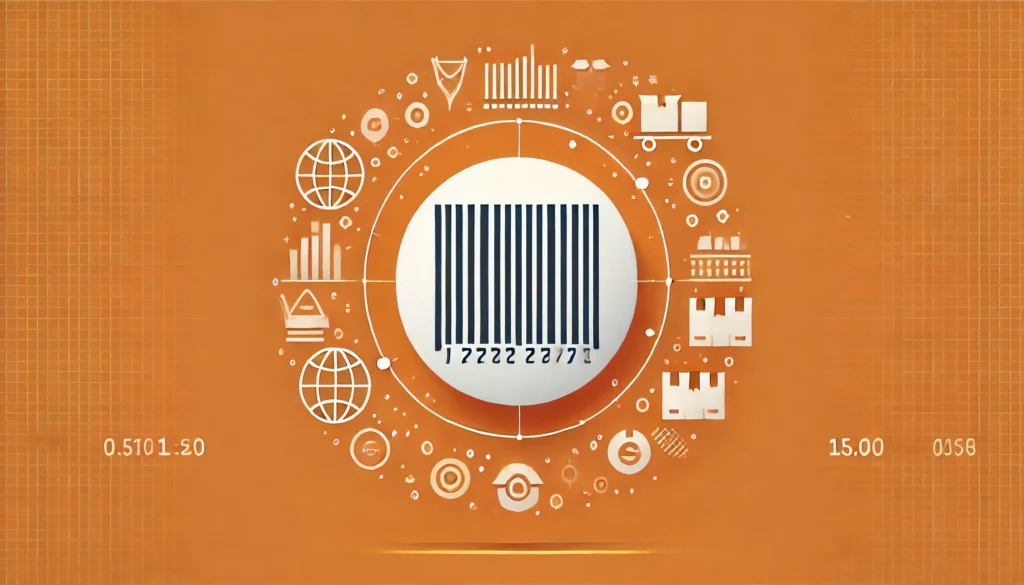
How Product EANs Impact Marketplace Performance
Better Search & Discoverability
Marketplaces prioritize accurately identified products in their search algorithms. A product with a valid EAN:
- Appears in relevant search results
- Matches existing listings, increasing exposure
- Ranks higher in product comparison pages, improving conversions
Seamless Inventory & Order Management
EANs help marketplaces track stock efficiently, preventing overselling and inventory mismatches. When multiple sellers list the same product with an identical EAN, marketplaces can group offers under a single product listing, ensuring consistency in inventory tracking and reducing duplicate entries.
For example, on Amazon, if two sellers use the same EAN for a product, their stock is combined under one product page. This helps maintain an accurate inventory count, simplifies order fulfillment, and improves the customer shopping experience by offering multiple buying options for the same item.
Reduced Return Rates
Incorrect product listings lead to customer dissatisfaction and high return rates. EANs:
- Ensure customers receive exactly what they ordered
- Reduce mismatches between product descriptions and actual items
- Prevent shipping wrong or duplicate products
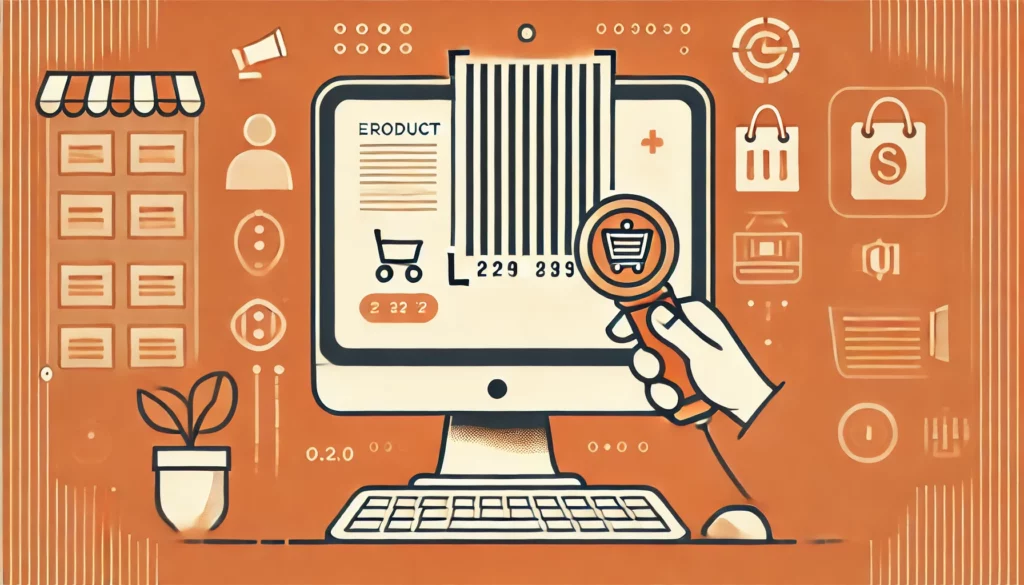
How Koongo Helps with EAN Management
Managing EANs across multiple marketplaces can quickly become complex, especially for sellers handling large product catalogs. Each platform has its own requirements, and errors in EAN mapping can lead to listing rejections, visibility issues, and lost sales.
Koongo automates the entire process, ensuring that your product EANs are correctly synchronized across 500+ marketplaces and sales channels. Here’s how Koongo simplifies EAN management and helps sellers avoid common pitfalls.
Automatic EAN Mapping
Koongo automatically maps and synchronizes EANs between your online store and connected marketplaces. This ensures that every platform receives the correct product identifiers, reducing discrepancies between channels.
For example, if your Shopify store contains EANs, Koongo will map them to Amazon, Bol.com, and Zalando without requiring manual adjustments. This eliminates the risk of incorrect product identification and speeds up the listing approval process.
Bulk EAN Updates & Synchronization
Manually updating EANs for hundreds or thousands of SKUs across multiple marketplaces is time-consuming and prone to errors. Koongo allows sellers to update, modify, or synchronize EANs in bulk, ensuring that any changes made in the source store are automatically reflected across all connected sales channels.
This means no more individual adjustments for each marketplace—Koongo ensures seamless data consistency without extra effort.
Avoid Listing Errors & Rejections
Marketplaces enforce strict EAN validation rules. Incorrect or duplicate EANs can result in errors such as:
- “Invalid product identifier” – when an EAN is not recognized in the marketplace’s database.
- “EAN already assigned to another product” – when a mismatched EAN is used for a different product.
Koongo helps prevent these issues by validating product feeds before submission. By ensuring that EANs are correctly assigned, sellers can reduce listing errors, avoid product delistings, and improve overall data quality.
Multi-Platform Integration
Koongo is compatible with a wide range of e-commerce platforms, including Shopify, WooCommerce, Magento, Lightspeed, PrestaShop, and more. This enables sellers to manage their product feeds efficiently across multiple sales channels without having to manually configure EANs for each platform.
By automating product data synchronization, Koongo ensures that your store is always aligned with marketplace requirements, improving accuracy and reducing administrative workload.
Time-Saving & Error Reduction
Instead of manually entering and verifying EANs for every marketplace, Koongo allows sellers to automate the process, ensuring accuracy and compliance with marketplace rules. This reduces manual effort, minimizes errors, and frees up valuable time to focus on business growth.
By using Koongo’s automated EAN management, sellers can ensure their products are listed correctly, approved faster, and easily discoverable by buyers.
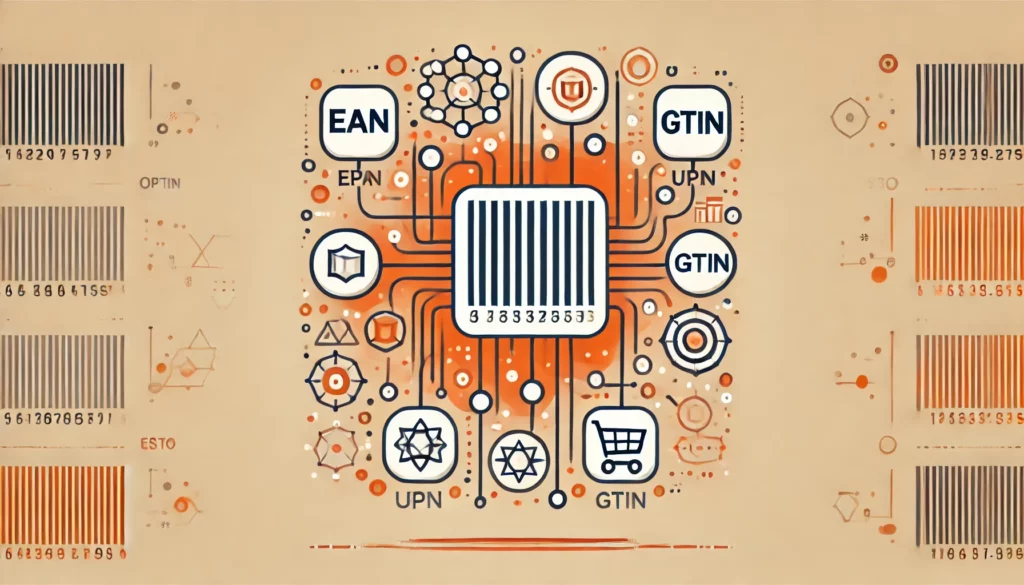
How to Obtain a Product EAN?
For sellers new to online marketplaces or those launching new products, obtaining valid EANs is an essential step. Many marketplaces require EANs to verify product authenticity, prevent duplicates, and ensure smooth catalog management. Here are the best ways to obtain valid EANs.
Buying Official EANs from GS1
The most reliable way to obtain a valid, globally recognized EAN is through GS1, the official organization responsible for issuing GTINs, including EANs and UPCs. GS1 ensures that each EAN is unique, preventing conflicts with other sellers.
Major marketplaces like Amazon, Bol.com, and Google Shopping strongly recommend using GS1-issued EANs to avoid listing problems. Sellers can register with GS1 and purchase EANs directly, ensuring compliance with marketplace standards.
Checking if Your Manufacturer Has an EAN
Many manufacturers already assign EANs to their products. Before purchasing a new EAN, retailers and resellers should check whether an official EAN exists for the products they sell.
If a product has an existing EAN, sellers should use it instead of creating a new one, as marketplaces match listings based on official identifiers. Using a manufacturer-assigned EAN also helps improve product visibility and reduces the risk of listing errors.
Using Third-Party Barcode Providers (Caution!)
Some sellers purchase EANs from third-party websites offering lower prices than GS1. However, these EANs are often not GS1-registered and may not be recognized by marketplaces.
Amazon, for example, has strict EAN verification processes and cross-checks product identifiers with GS1 records. If an EAN is not linked to a legitimate GS1 database, Amazon may reject the product listing or require additional verification.
To avoid complications, it’s always best to obtain EANs from GS1 or an officially licensed provider.
When Can You Sell Without an EAN?
Some product categories are exempt from EAN requirements. In certain cases, sellers can request GTIN (Global Trade Item Number) exemptions from marketplaces like Amazon. This applies to:
- Handmade or custom products that do not have a manufacturer-issued EAN.
- Private-label brands that have not yet registered their own EANs.
- Niche product categories where EANs are not mandatory.
However, exemptions are not guaranteed and often require additional documentation to prove product authenticity. Sellers should check marketplace policies before assuming they can list products without an EAN.

EANs & Koongo – The Perfect Pair for Marketplace Success
EANs play a critical role in product identification, marketplace visibility, and sales performance. They ensure accurate product listings, reduce errors, and improve search rankings. Without valid EANs, sellers may face listing rejections, product delistings, and lower visibility across platforms like Amazon, eBay, Bol.com, and Google Shopping.
Managing EANs across multiple marketplaces can be challenging, but Koongo makes it simple. With automated feed synchronization, bulk updates, and seamless marketplace integration, Koongo helps sellers:
- Ensure accurate EAN mapping across sales channels
- Avoid listing errors and rejections
- Save time by automating product feed management
For sellers looking to scale their e-commerce business, streamlining EAN management is essential. Koongo provides the tools needed to simplify the process and maximize marketplace success.
Start a 30-day free trial with Koongo today to automate product EAN management and optimize your marketplace listings.
Continue reading →
 EN
EN 